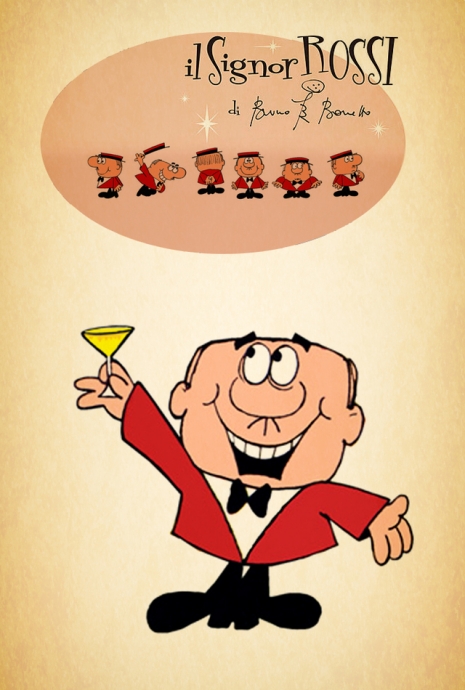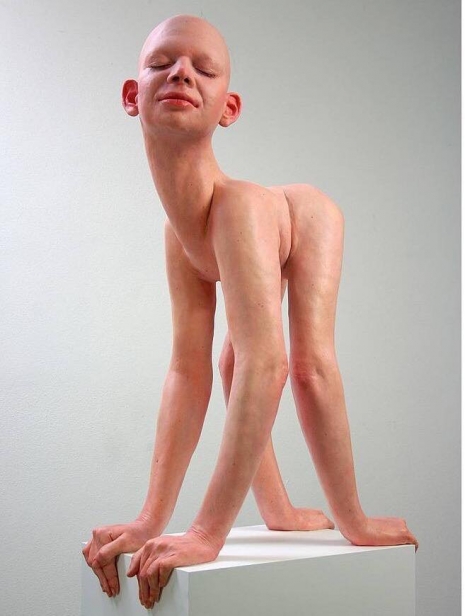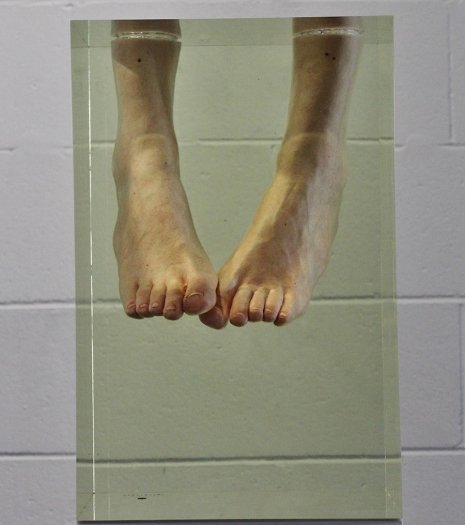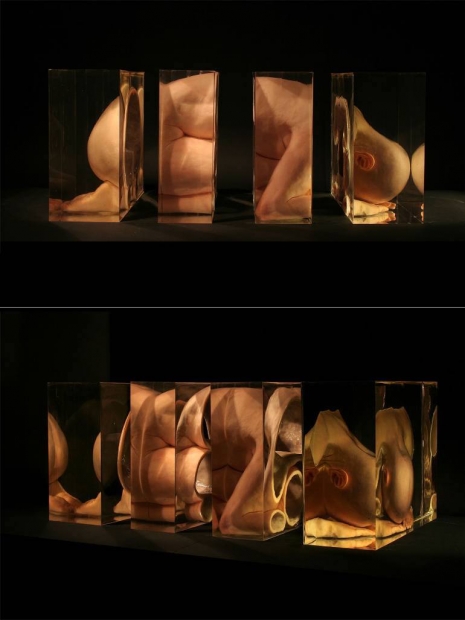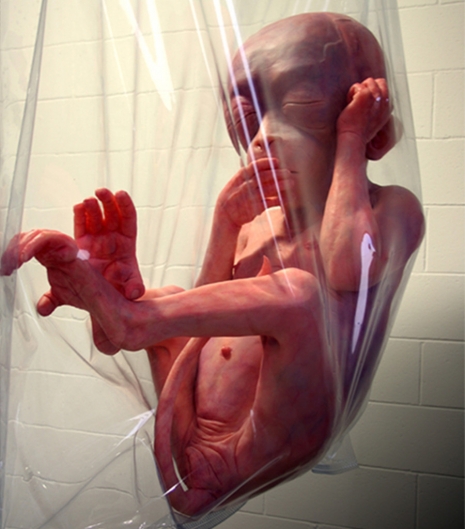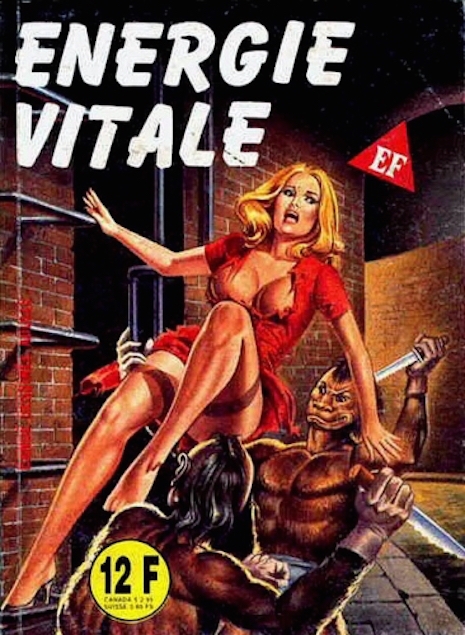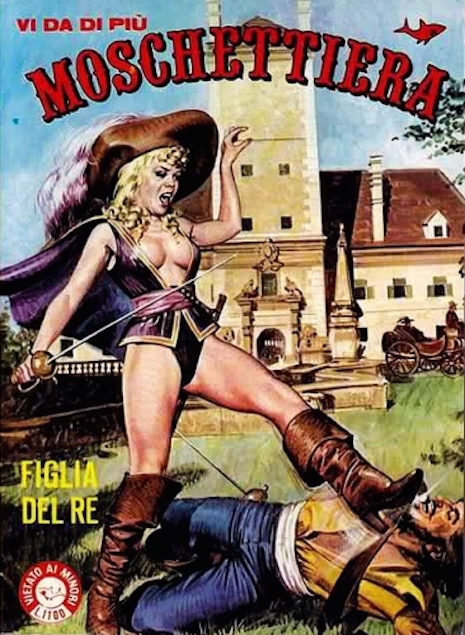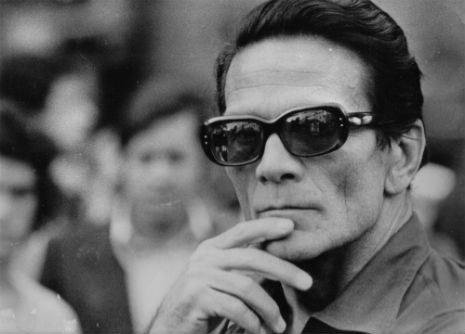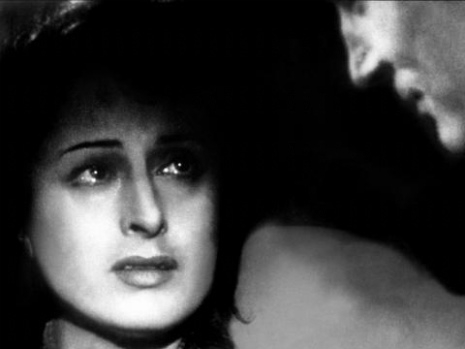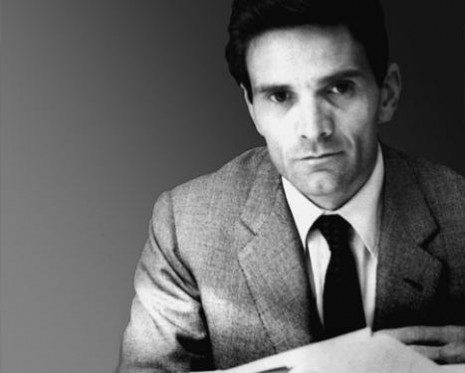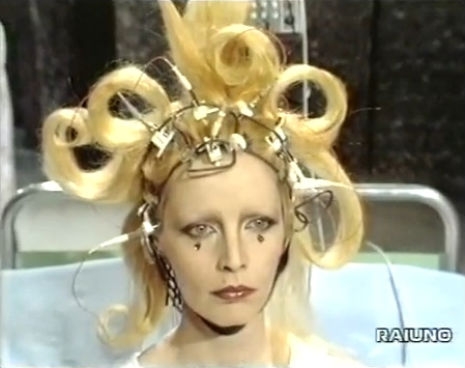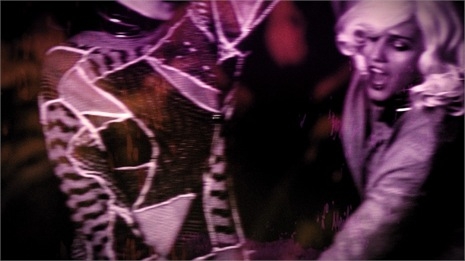
A painting by Paolo Girardi.
The subject of this post, Italian artist Paolo Girardi, is also a survivor, if not a warrior.
In a lengthy interview with the rock/metal oriented Bardo Methodology (#3), Girardi spoke about his childhood and the abuse he was subjected to at the hand of his own father, who would punch and kick his son. He would force Paolo into the sport of wrestling, and the experience initially had Girardi reliving his father’s systematic abuse. According to Girardi, as his father lay dying in 2007 he took the opportunity to tell his son he had “never done anything good in his life.” This final interaction would send Girardi off to prove his not-so-dear-old-Dad wrong. Later that same year, he would win a Bronze medal in the Freestyle Wrestling Nationals in Naples, Italy. His dedication to wrestling would work in tandem with his commitment to painting, a pursuit he had invested himself in during the 1990s, painting and creating artwork for local metal bands. By 2011 he was able to sustain himself financially with his art.
As of 2018, the self-taught Girardi has churned out delightfully blasphemous artwork for more than 100 albums, including Washington State bands Black Breath and Bell Witch, Power Trip (Dallas, Texas), and Italian black/death metal band Blasphemophagher. Aside from Girardi’s contributions to their music catalogs, his clients also have another thing in common; they are all completely fucking metal. And metal bands are the only clients Girardi, a former fresco builder, takes on. Girardi himself is the epitome of old-school heavy metal—he still wears t-shirts from his favorite bands (when he isn’t shirtless of course), has a few tattoos, drinks beer, and lives by the mantra that (the band) Manowar is his “religion.” Which, as long as wearing loincloths isn’t mandatory, seems like a lot more fun than swallowing the bilge of conventional religion.
If you’re a dedicated headbanger, you’ve likely seen Girardi’s work before. If not, then please prepare your eyes for the NSFW, super satanic work of Paolo Girardi.

Girardi’s cover artwork for ‘Slaves Beyond Death’ from Seattle band Black Breath (2005).

_465_448_int.jpg)
The cover of ‘Meditate to Kill,’ the 2013 album from French band Stav.
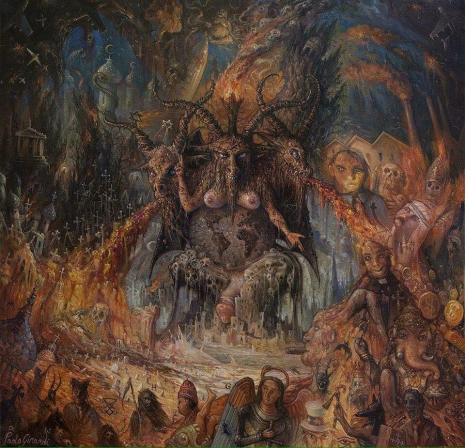
More after the jump…










